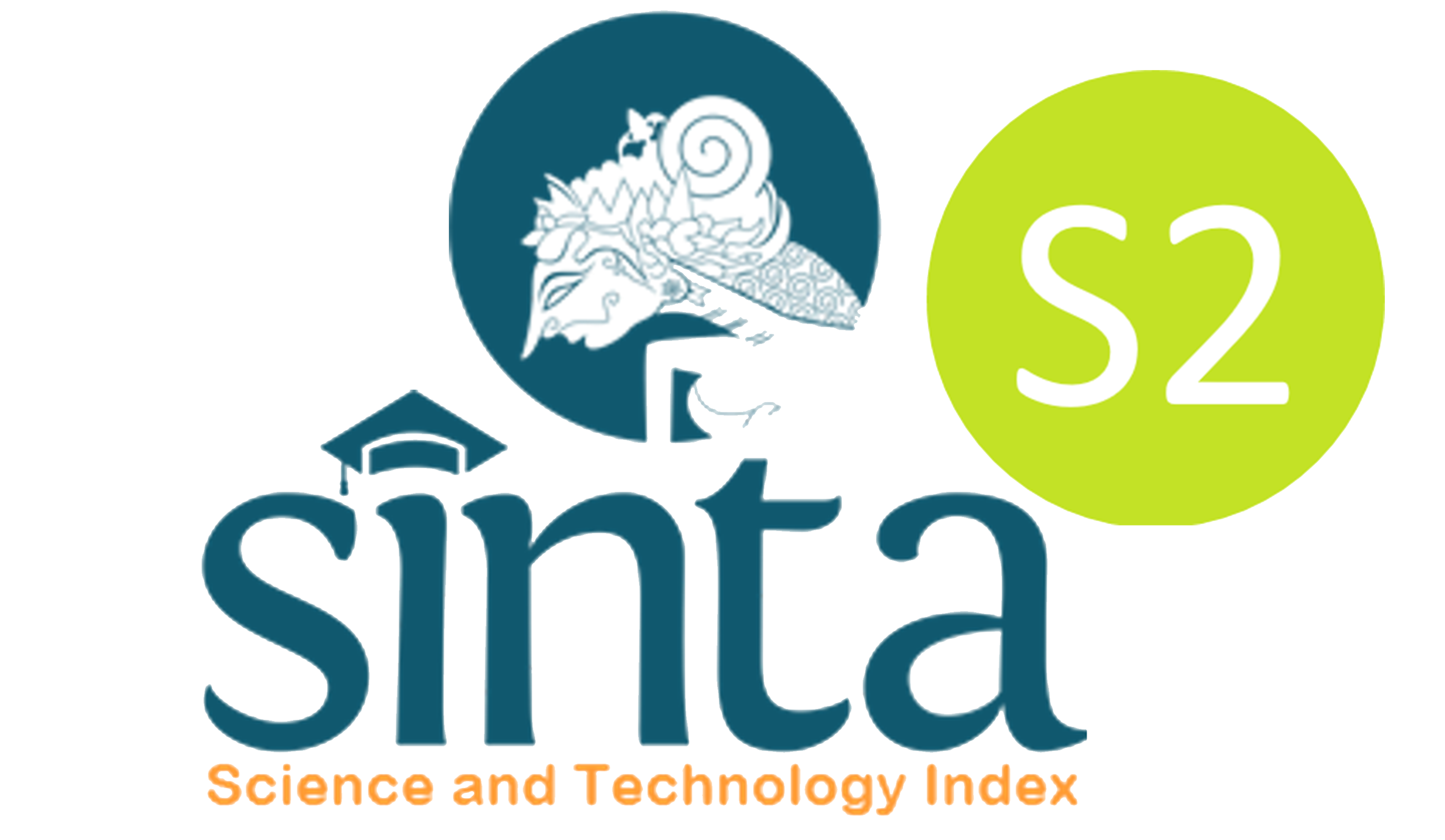Image processing analysis to determine fajr time using the imagej application
Arif Septianto(1*); Rosalina Rosalina(2); Harry Ramza(3);
(1) Universitas Muhammadiyah Prof. Dr. Hamka
(2) Universitas Muhammadiyah Prof. Dr. Hamka
(3) Universitas Muhammadiyah Prof. Dr. Hamka
(*) Corresponding Author
AbstractThe issue of determining the time of prayer is very fundamental because it is one of the pillars so that the worship of a Muslim is accepted. The government has set a standard for carrying out the dawn prayer, namely by determining the degree of appearance of the dawn of shodiq at -20 degrees. This study aims to compare the initial determination of the government's dawn time using different sensors, namely drones as image sensors, drones were chosen because they have several advantages. The resulting data is in the form of photos and then the photo data is processed using digital image processing software, namely imagej. The data from imagej processing are in the form of mean and standard deviation, all data are then recapitulated using Microsoft excel and plotted so as to form data which is then carried out by a polynomial approach to determine the cutoff point as an early indicator of the entry of dawn. The method used in this study is using a qualitative analysis method with a polynomial 5 approach. The conclusion obtained in this study is that the government's dawn time is 21 minutes faster, the standard used in this study is a DIP of -13.95 degrees and unlike the 2D SQM. 3D drone data results in more accurate data analysis and is not easy to manipulate because it can be verified with photo data.
KeywordsDrone; Imagej; Polinomial; Waktu subuh; DIP
|
Full Text:PDF |
Article MetricsAbstract view: 512 timesPDF view: 137 times |
Digital Object Identifier https://doi.org/10.33096/ilkom.v13i3.954.300-306 https://doi.org/10.33096/ilkom.v13i3.954.300-306
|
Cite |
References
Alimuddin, HISAB RUKYAT WAKTU SHALAT DALAM HUKUM ISLAM (Perhitungan secara Astronomi Awal dan Akhir Waktu Shalat), Al-daulah, vol. 8, no. 1, pp. 3851, 2019.
F. Suleman, Penentuan Awal Waktu Shalat, J. Ilm. Al-Syirah, vol. 9, no. 2, pp. 1934, 2020, doi: 10.30984/as.v9i2.31.
M. Ahyar, Y. Pramudya, and A. Y. Raisal, Penentuan Awal Waktu Subuh Menggunakan Sky Quality, Pros. SNFA (Seminar Nas. Fis. dan Apl. 2018, pp. 184189, 2018.
I. U. Zahroya et al., QUALITY METER TERHADAP AKURASI WAKTU SALAT ( Studi Pemikiran Prof . Thomas Djamaluddin ). 2019.
A. Raihana, M. M. Hazwan, and K. Norihan, Issues on Determination of-Accurate Fajr and Dhuha Prayer Times According to Fiqh and Astronomical Perspectives in Malaysia : A Bibliography Study, Conf. Proceeding, Bali Indones. Oct 13-14,2016,18 Part V, vol. 18, pp. 675680, 2016.
A. Citra, U. Penentuan, W. Subuh, P. Studi, T. Elektro, and F. Teknik, Analisis citra untuk penentuan waktu subuh. 2021.
H. Hosen and E. Nurhalisa, Akurasi Arah Kiblat Pemakaman Desa Ponteh Kecamatan Galis Kabupaten Pamekasan, Al-Marshad J. Astron. Islam dan Ilmu-Ilmu Berkaitan, vol. 5, no. 2, pp. 146176, 2019, doi: 10.30596/jam.v5i2.3796.
A. Jalil, S. Komputer, and S. Komputer, DETEKSI GERAK OBJEK BERBASIS PENGOLAHAN CITRA MENGGUNAKAN METODE BINARY-IMAGE COMPARISON OBJECT MOTION DETECTION BASED ON IMAGE PROCESSING USING BINARY-IMAGE COMPARISON METHOD, no. 1, 2020.
D. A. Prabowo, D. Abdullah, and A. Manik, BERDASARKAN WARNA MENGGUNAKAN, vol. V, no. September, pp. 8591, 2018.
F. Muwardi et al., PENGOLAHAN CITRA DAN PENGKLASIFIKASI JARAK, vol. 3, no. 2, pp. 124131, 2017.
A. S. Wilianti and S. Agoes, Pengolahan Citra untuk Perbaikan Kualitas Citra Sinar-X Dental Menggunakan Metode Filtering, Jetri J. Ilm. Tek. Elektro, vol. 17, no. 1, p. 31, 2019, doi: 10.25105/jetri.v17i1.4492.
S. Sugiarti, Peningkatan Kualitas Citra Dengan Metode Fuzzy Possibility Distribution, Ilk. J. Ilm., vol. 10, no. 1, pp. 100104, 2018, doi: 10.33096/ilkom.v10i1.226.100-104.
A. Lustini, Klasifikasi Tingkat Kematangan Buah Nanas Menggunakan Ruang Warna Red Green Blue Dan Hue Saturation Intensity, J. Digit. Teknol. Inf., vol. 2, no. 1, p. 1, 2019, doi: 10.32502/digital.v2i1.2283.
E. Junianto and M. Z. Zuhdi, Penerapan Metode Palette untuk Menentukan Warna Dominan dari Sebuah Gambar Berbasis Android, J. Inform., vol. 5, no. 1, pp. 6172, 2018, doi: 10.31311/ji.v5i1.2740.
J. Hidayat, Usman, A. Faisal, and Syafriwel, Perbandingan Metode Perbaikan Kualitas Citra Berbasis Histogram Equalization Pada Citra Satelit, J. Electr. Technol., vol. 4, no. 3, pp. 111115, 2019.
A. S. Pandey, I. G. Pasek, S. Wijaya, and F. Bimantoro, HAAR WAVELET UNTUK EKSTRAKSI FITUR ENERGI , STANDAR DEVIASI , DAN HISTOGRAM DALAM SISTEM TEMU KEMBALI CITRA ( Haar wavelet for Extracting Energy , Standard Deviation and Histogram Features in Content Based Image Retrieval ), Jtik, vol. 2, no. 1, pp. 4049, 2020.
J. Al- and A. Vol, Jurnal Al-Adl Vol. 10 No. 1, Januari 2017, vol. 10, no. 1, pp. 160177, 2017.
I. Windra, M. L. Nasution, and M. P. Dewi, Menentukan Akar-Akar Polinomial dengan Metode Bairstow, pp. 2429.
Refbacks
- There are currently no refbacks.
Copyright (c) 2021 Arif Septianto

This work is licensed under a Creative Commons Attribution-ShareAlike 4.0 International License.










